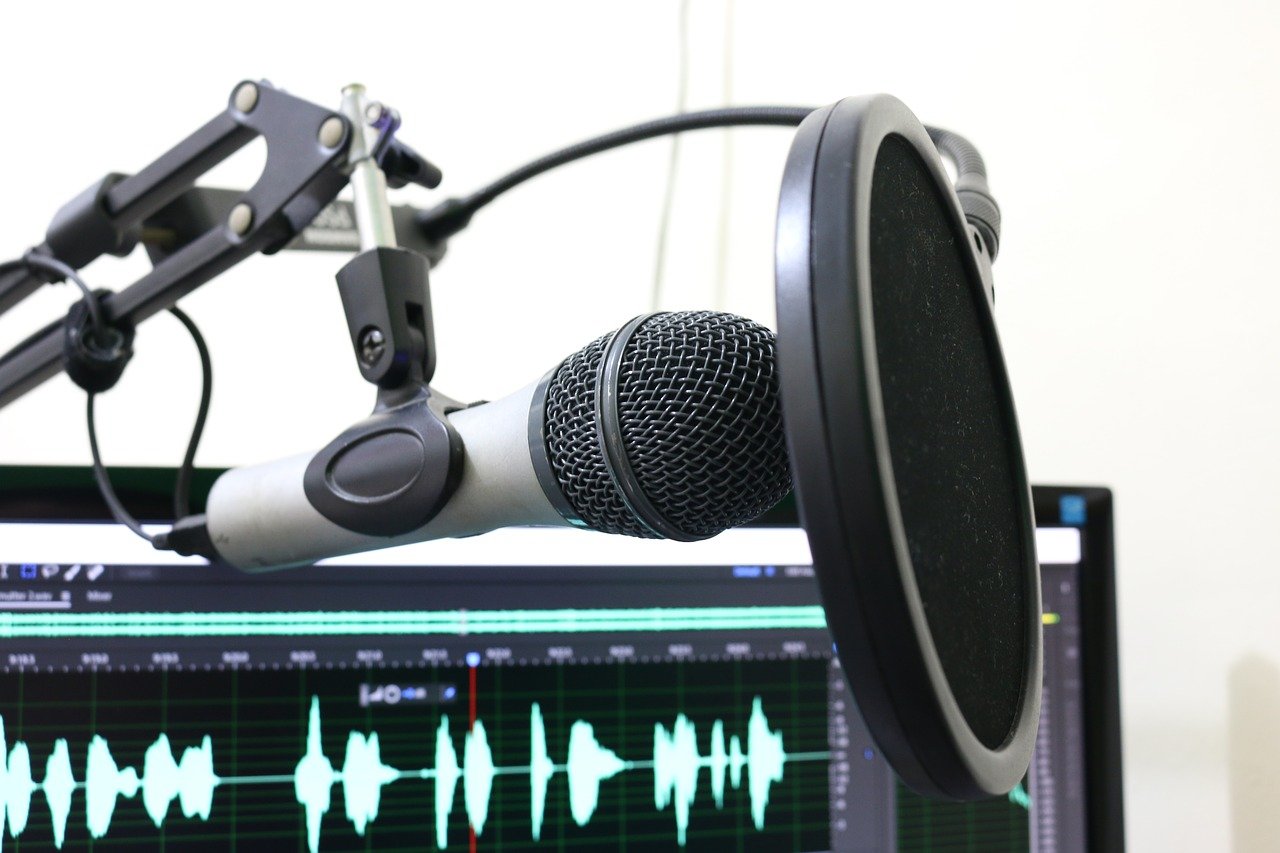If you’ve thought about starting your own podcast over the past year, you’re certainly not alone. With most regular activities still on hold due to COVID-19, podcasting is one of many hobbies currently experiencing a popularity boom among people who have found themselves with extra time on their hands during the pandemic.
The good news is that it’s never been easier to make a podcast right in your own home. With little more than your smartphone, you can record, mix, and produce audio yourself, which means that you don’t have to wait until lockdowns are over to get started. Read on to learn some simple, practical tips that will help make your home-based podcast sound great.
Make sure your voice is crisp and clear.
As the host, you are the most important speaker on your podcast. Even if your podcast features interviews or stories told by other people, your voice is the one your listeners will recognize and identify with. This means that you need to do everything you can to make sure that your recorded audio is of good, consistent quality. To achieve this:
Use a headset microphone.
When recording yourself speaking, use a headset with an inbuilt microphone if possible. This doesn’t need to be a sophisticated piece of equipment: the headset that came with your smartphone will usually be good enough. Using a headset helps the microphone sit closer to your mouth, which provides vocal focus and reduces background noise.
Avoid using the inbuilt microphone on your laptop.
This is a convenient tool when recording quality doesn’t matter, but a laptop microphone will pick up too much noise simply from the laptop itself to provide a podcast-quality recording.
Dampen the room.
To minimize the echo when you’re recording, dampen the room as much as possible. Hang blankets or bedsheets from the walls, surround yourself with pillows, or put rugs on the floor: these textures will help absorb sound rather than bounce it around.
It also goes without saying that you should choose a place to record that’s as quiet as possible. Make sure to avoid rooms that have windows or doors opening onto busy streets, or that have a fan or air conditioner running.
When interviewing, make separate recordings.
If your podcast features a co-host, guests, or interviewees, it’s easy to connect with them through video-call software platforms, even if you can’t be in the same physical studio or recording space. However, try not to rely solely on the software’s inbuilt recording features to capture voices, whether your own or those of other speakers.
Platforms like Zoom and Skype do have options that allow you to record the audio (and video) of your call. However, if you have connection issues or other technical problems, it will seriously compromise the quality of the recording.
Instead, it’s best to make a separate audio recording in addition to using the inbuilt recording features of your video-call. A number of basic apps can capture the sound coming from your microphone separately from the rest of your call, providing you with a clean recording. Making several separate recordings also ensures that you have a backup if you have unexpected problems with one or more of your recordings or recording devices.
Ask other speakers to use headphones.
It’s easy enough to optimize your own setup for working on your podcast at home, but you can’t always ensure that your guests or interviewees will be able to do the same. Sometimes, other speakers on your program aren’t able to take the steps described above. For example, they may not be able to record audio separately or have the capacity to provide a high-quality recording.
In cases like these, the next best thing you can do is ask them to wear headphones while you are speaking with or interviewing them. The use of headphones offers the advantage of an inbuilt microphone, and will allow them to hear your voice without having it feed back into the final recording.
Take advantage of apps and software.
Recording is only one part of creating high-quality audio for your podcast. Editing and mixing are just as important, as these activities determine what the final version of your captured audio will sound like. Fortunately, there are a number of excellent apps and software tools that will help your recording sound as clean and captivating as possible, and many of them are inexpensive or free of charge. Top picks include:
Audacity
This free, open-source, cross-platform audio software is a fantastic tool for your podcasting needs. With Audacity, you can record live audio, edit and combine sound files, add effects, and much more.
TwistedWave
Don’t be fooled by TwistedWave’s super simple and intuitive interface: it offers highly precise and detailed editing capabilities. A great choice for iPhone or iPad users, TwistedWave is available for a one-time fee of $10.

